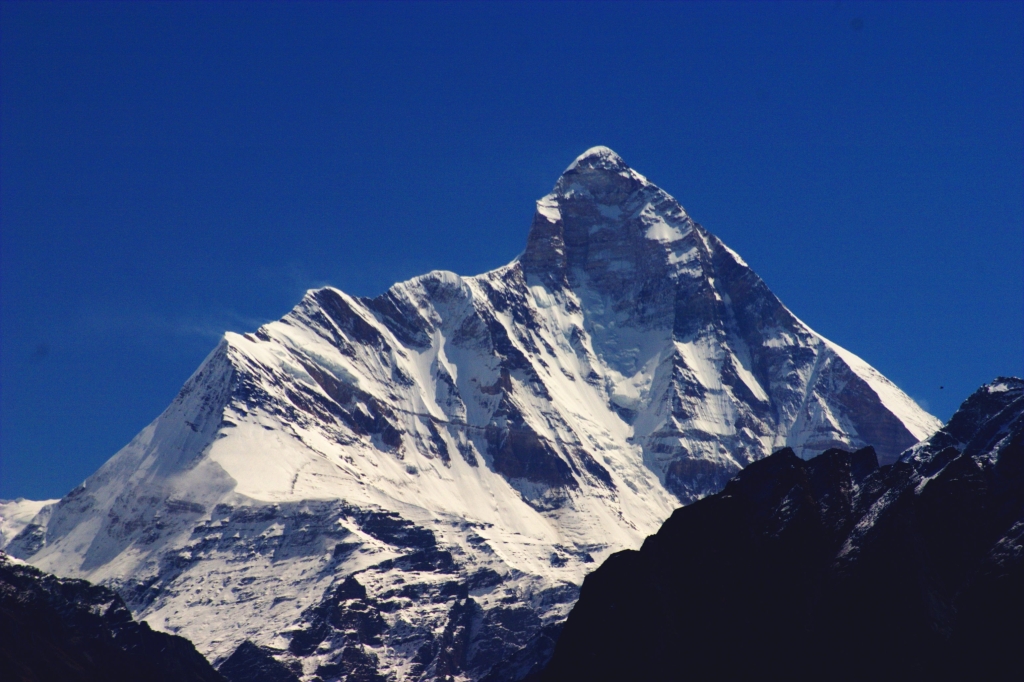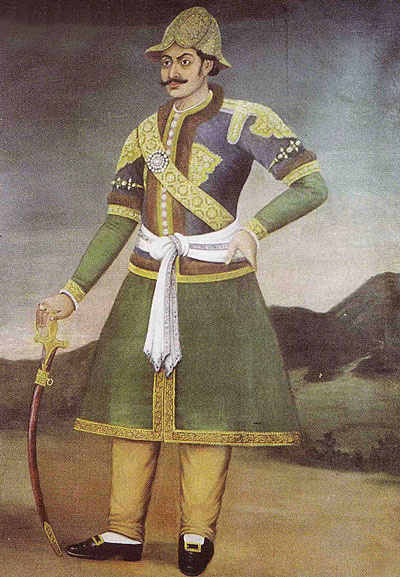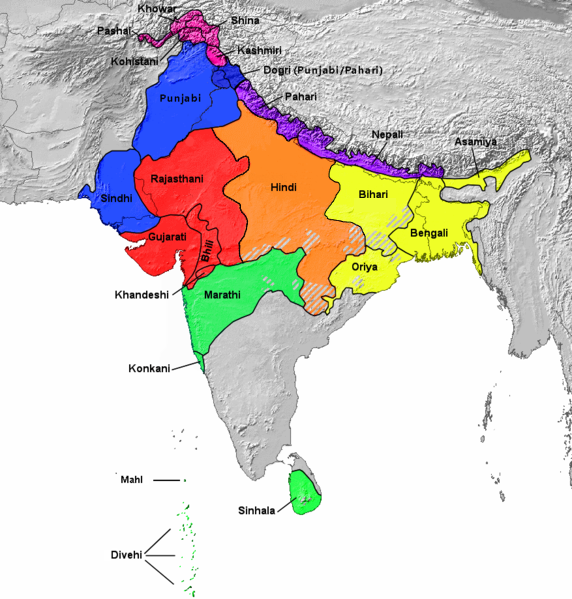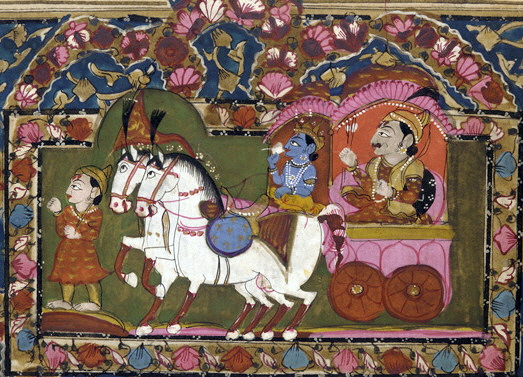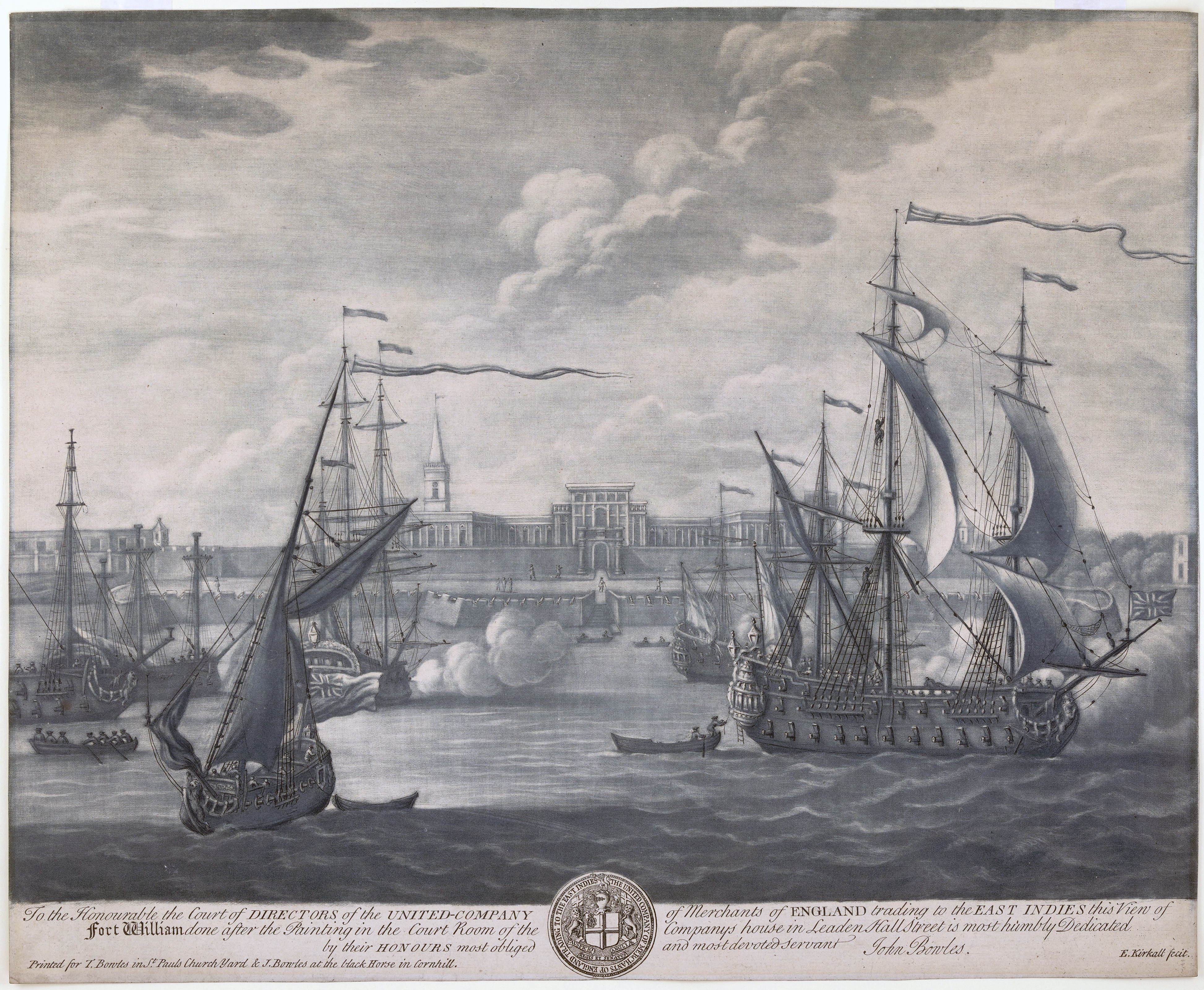|
Garhwalis
The Garhwali people are an Indian ethnolinguistic group native to the Garhwal, in the Indian state of Uttarakhand, who speak Garhwali, an Indo-Aryan language. Etymology In modern usage, "Garhwali" is used to refer to anyone whose linguistic, cultural, and ancestral or genetic origins is from the Garhwal Himalayas. Their ethnonym is derived from the word ‘''Garhwal''’ or '''Gadwal. The exact origin of the word Garhwal is unknown. However, it is believed to be derived from the title ‘''Garh-wala''’ (owner of forts) given to the ruler Mayal, who is said to have consolidated 52 principalities to form the kingdom in the 14th century. After this conquest, the domain under Mayal is said to have been called ‘''Garhwal''’, possibly due to the numerous forts in the region. Prior to Mayal, the name of the area and its people was unknown. However, some historians like "Atkinson" have alluded to ‘''Khas-des''’ (Land of the Khasas), and "Sircar" has stated that ‘''Str ... [...More Info...] [...Related Items...] OR: [Wikipedia] [Google] [Baidu] |
Garhwal Rifles
The Garhwal Rifles, formerly known as the Royal Garhwal Rifles, are an infantry regiment of the Indian Army. It was originally raised in 1887 as the 39th (Garhwal) Regiment of the Bengal Army. It then became part of the British Indian Army, and after the Independence of India, it was incorporated into the Indian Army. It served during the frontier campaigns of the late 19th and early 20th centuries, as well in both World Wars and the wars fought after independence. It is mainly made up of Garhwali people, Rajput and Brahmin Garhwali people from seven districts of Uttarakhand's Garhwal region: Uttarkashi district, Uttarkashi, Chamoli district, Chamoli, Rudraprayag district, Rudraprayag, Tehri Garhwal district, Tehri Garhwal, Dehradun district, Dehradun, Pauri Garhwal district, Pauri Garhwal and Haridwar district, Haridwar. Today it has more than 25,000 soldiers, organized into twenty one regular battalions (2nd to 22nd), two battalions of the Territorial Army (121 Inf Bn TA and 1 ... [...More Info...] [...Related Items...] OR: [Wikipedia] [Google] [Baidu] |
Garhwali Language
Garhwali (, , in native pronunciation) is an Indo-Aryan language of the Central Pahari subgroup. It is primarily spoken by over 2.5 million Garhwali people in the Garhwal region of the northern Indian state of Uttarakhand in the Indian Himalayas. Garhwali has a number of regional dialects. It is not an endangered language ('' Ethnologue'' lists it as "vigorous"), it is nonetheless designated as "vulnerable" in UNESCO's ''Atlas of the World's Languages in Danger'', which indicates that the language requires consistent conservation efforts. Geographical distribution Garhwali is spoken primarily by people in Tehri Garhwal, Pauri Garhwal, Uttarkashi, Chamoli, Rudraprayag and Dehradun districts of Garhwal division in the state of Uttarakhand. Garhwali is also spoken by Garhwali migrants to other parts of India including Himachal Pradesh, Delhi, Haryana, Punjab, Uttar Pradesh. According to various estimates, there are at least 3.5 million Garhwali migrants living ... [...More Info...] [...Related Items...] OR: [Wikipedia] [Google] [Baidu] |
Garhwal Division
Garhwal (IPA: /ɡəɽʋːɔɭ/) is one of the two administrative divisions of the Indian state of Uttarakhand. Lying in the Himalayas, it is bounded on the north by Tibet, on the east by Kumaon, on the south by Uttar Pradesh state, and on the northwest by Himachal Pradesh state. It includes the districts of Chamoli, Dehradun, Haridwar, Pauri Garhwal, Rudraprayag, Tehri Garhwal, and Uttarkashi. The people of Garhwal are known as Garhwali and speak the Garhwali language. The administrative center for Garhwal division is the town of Pauri. The Divisional Commissioner is the administrative head of the Division, and is a senior Indian Administrative Service officer. As the administrative head of the division, the Commissioner is overall incharge of the 7 districts in the Garhwal region of Uttarakhand, and is aided in his duties by an additional commissioner and the district magistrates. Sushil Kumar is the divisional commissioner of the Garhwal Division since December 2021. History ... [...More Info...] [...Related Items...] OR: [Wikipedia] [Google] [Baidu] |
Kumaon Kingdom
Kumaon Kingdom was an independent Himalayan kingdom in the eastern region of present-day Uttarakhand state of India. It was established around 7th century and remained an independent and sovereign kingdom until 1791. Etymology Kumaon is believed to have been derived from ''Kurmanchal'', meaning land of the Kurma Avatar (the tortoise incarnation of Lord Vishnu, the preserver according to Hinduism). The region of Kumaon is named after as such. During the time of the British control of the region, between 1815 and 1857 it was also known as ''Kemaon''. History Ancient Kumaon finds mention in the early Hindu scriptures as ''Manaskhand, according to'' Skanda Purana ''the region'' is believed to be the Birth place of Kurmavtar of Hindu god Vishnu. Prehistoric dwellings and Stone Age implements have been discovered in Almora and Nainital districts. Initially settled by Kol tribals, the region witnessed successive waves of Kiratas, Khasas and Indo-Scythians(sakas). Kunindas ... [...More Info...] [...Related Items...] OR: [Wikipedia] [Google] [Baidu] |
Anglo–Nepalese War
The Anglo-Nepalese War (1 November 1814 – 4 March 1816), also known as the Gorkha War, was fought between the Gorkhali army of the Kingdom of Nepal (present-day Nepal) and the British forces of the East India Company (EIC, present-day India). Both sides had ambitious expansion plans for the mountainous north of the Indian subcontinent. The war ended with the signing of the Treaty of Sugauli in 1816 AD, which ceded some Nepalese controlled territory to the EIC. The British war effort was led by the East India Company and supported by a coalition of native states; the Garhwal Kingdom, the Patiala State and the Kingdom of Sikkim against the Kingdom of Gorkha. The Kingdom of Gorkha's war effort was led mostly by the two Thapa families; Thapa dynasty and Family of Amar Singh Thapa. Historical background The Shah era of Nepal began with the Gorkha king Prithvi Narayan Shah invading Kathmandu valley, which consisted of the capital of the Malla confederacy. Until that time only ... [...More Info...] [...Related Items...] OR: [Wikipedia] [Google] [Baidu] |
Central Pahari Languages
The Northern Indo-Aryan languages, also known as Pahāṛi languages, are a proposed group of Indo-Aryan languages spoken in the lower ranges of the Himalayas, from Nepal in the east, through the Indian states of Jammu and Kashmir, Uttarakhand, Himachal Pradesh and Punjab(not to be confused with the various other languages with that name) was coined by G. A. Grierson. Classification The Pahari languages fall into three groups. Eastern Pahari *Nepali is spoken by an estimated 11,100,000 people in Nepal, 265,000 people in Bhutan, and 2,500,000 people in India. It is an official language in Nepal and India. *Jumli is spoken by an estimated 40,000 people in the Karnali zone of Nepal. * Doteli spoken by an estimated 1 million people in far west Nepal. It is considered by many to be a dialect of Nepali, according to some scholars (e.g., Rahul Sankrityayan), a dialect of Kumaoni, but the Nepalese Language Commission considers it a separate language. Central Pahari * Kumaoni ... [...More Info...] [...Related Items...] OR: [Wikipedia] [Google] [Baidu] |
Mahabharata
The ''Mahābhārata'' ( ; sa, महाभारतम्, ', ) is one of the two major Sanskrit epics of ancient India in Hinduism, the other being the '' Rāmāyaṇa''. It narrates the struggle between two groups of cousins in the Kurukshetra War and the fates of the Kaurava and the Pāṇḍava princes and their successors. It also contains philosophical and devotional material, such as a discussion of the four "goals of life" or ''puruṣārtha'' (12.161). Among the principal works and stories in the ''Mahābhārata'' are the ''Bhagavad Gita'', the story of Damayanti, the story of Shakuntala, the story of Pururava and Urvashi, the story of Savitri and Satyavan, the story of Kacha and Devayani, the story of Rishyasringa and an abbreviated version of the '' Rāmāyaṇa'', often considered as works in their own right. Traditionally, the authorship of the ''Mahābhārata'' is attributed to Vyāsa. There have been many attempts to unravel its historical growth ... [...More Info...] [...Related Items...] OR: [Wikipedia] [Google] [Baidu] |
Ramayana
The ''Rāmāyana'' (; sa, रामायणम्, ) is a Sanskrit epic composed over a period of nearly a millennium, with scholars' estimates for the earliest stage of the text ranging from the 8th to 4th centuries BCE, and later stages extending up to the 3rd century CE. ''Ramayana'' is one of the two important epics of Hinduism, the other being the ''Mahābhārata''. The epic, traditionally ascribed to the Maharishi Valmiki, narrates the life of Sita, the Princess of Janakpur, and Rama, a legendary prince of Ayodhya city in the kingdom of Kosala. The epic follows his fourteen-year exile to the forest urged by his father King Dasharatha, on the request of Rama's stepmother Kaikeyi; his travels across forests in the Indian subcontinent with his wife Sita and brother Lakshmana, the kidnapping of Sita by Ravana – the king of Lanka, that resulted in war; and Rama's eventual return to Ayodhya to be crowned king amidst jubilation and celebration. The ''Ramayana'' is ... [...More Info...] [...Related Items...] OR: [Wikipedia] [Google] [Baidu] |
Dominion Of India
The Dominion of India, officially the Union of India,* Quote: “The first collective use (of the word "dominion") occurred at the Colonial Conference (April to May 1907) when the title was conferred upon Canada and Australia. New Zealand and Newfoundland were afforded the designation in September of that same year, followed by South Africa in 1910. These were the only British possessions recognized as Dominions at the outbreak of war. In 1922, the Irish Free State was given Dominion status, followed by the short-lived inclusion of India and Pakistan in 1947 (although India was officially recognized as the Union of India). The Union of India became the Republic of India in 1950, while the became the Islamic Republic of Pakistan in 1956.” was an independent dominion in the British Commonwealth of Nations existing between 15 August 1947 and 26 January 1950. Until its independence, India had been ruled as an informal empire by the United Kingdom. The empire, also called the Britis ... [...More Info...] [...Related Items...] OR: [Wikipedia] [Google] [Baidu] |
Uttarkashi District
Uttarkashi District is a district of Garhwal division of the Uttarakhand state in northern India, and has its headquarters at Uttarkashi city. It has six Tehsils namely Barkot, Dunda, Bhatwadi, Chinyalisaur, Purola and Mori. The district contains the source of the Bhagirathi (traditionally considered the headstream of the Ganga) at Gangotri and Yamuna at Yamunotri, both of which are highly significant and popular pilgrimage sites. Uttarkashi town, which lies on the main road to Gangotri, is also considered an important Hindu pilgrimage centre, especially for Saivites. The district is bounded on the north by Kinnaur and Shimla districts of Himachal Pradesh, on the northeast by Tibet, on the east by Chamoli District, on the southeast by Rudraprayag district, on the south by Tehri Garhwal district, and on the west by Dehradun district. Background Etymology The term ''Uttarkashi'', a composite of ''Uttara'' and ''Kashi'', literally means the ''North Kashi'' where ... [...More Info...] [...Related Items...] OR: [Wikipedia] [Google] [Baidu] |
British India
The provinces of India, earlier presidencies of British India and still earlier, presidency towns, were the administrative divisions of British governance on the Indian subcontinent. Collectively, they have been called British India. In one form or another, they existed between 1612 and 1947, conventionally divided into three historical periods: *Between 1612 and 1757 the East India Company set up factories (trading posts) in several locations, mostly in coastal India, with the consent of the Mughal emperors, Maratha Empire or local rulers. Its rivals were the merchant trading companies of Portugal, Denmark, the Netherlands, and France. By the mid-18th century, three ''presidency towns'': Madras, Bombay and Calcutta, had grown in size. *During the period of Company rule in India (1757–1858), the company gradually acquired sovereignty over large parts of India, now called "presidencies". However, it also increasingly came under British government oversight, in effect shar ... [...More Info...] [...Related Items...] OR: [Wikipedia] [Google] [Baidu] |
Punjab Hill States
The Punjab States Agency was an agency of the Indian Empire. The agency was created in 1921, on the model of the Central India Agency and Rajputana Agency, and dealt with forty princely states in northwest India formerly dealt with by the Province of Punjab. After 1947, most of the states chose to accede to the Dominion of India, the rest to the Dominion of Pakistan. History The princely states had come under the suzerainty of the British crown after the Anglo-Nepalese War of 1814–16 and went on to be known as the Punjab Native States and the Simla Hill States. They later came into direct diplomatic relations with the British province of Punjab, with the exception of Tehri Garhwal State, which had a connection instead with the United Provinces. The Punjab States Agency was established in 1921 out of the previous Punjab Native States, which had received advice from the Lieutenant Governor of Punjab Province, and the Simla Hill States, advised by the Deputy Commissio ... [...More Info...] [...Related Items...] OR: [Wikipedia] [Google] [Baidu] |
